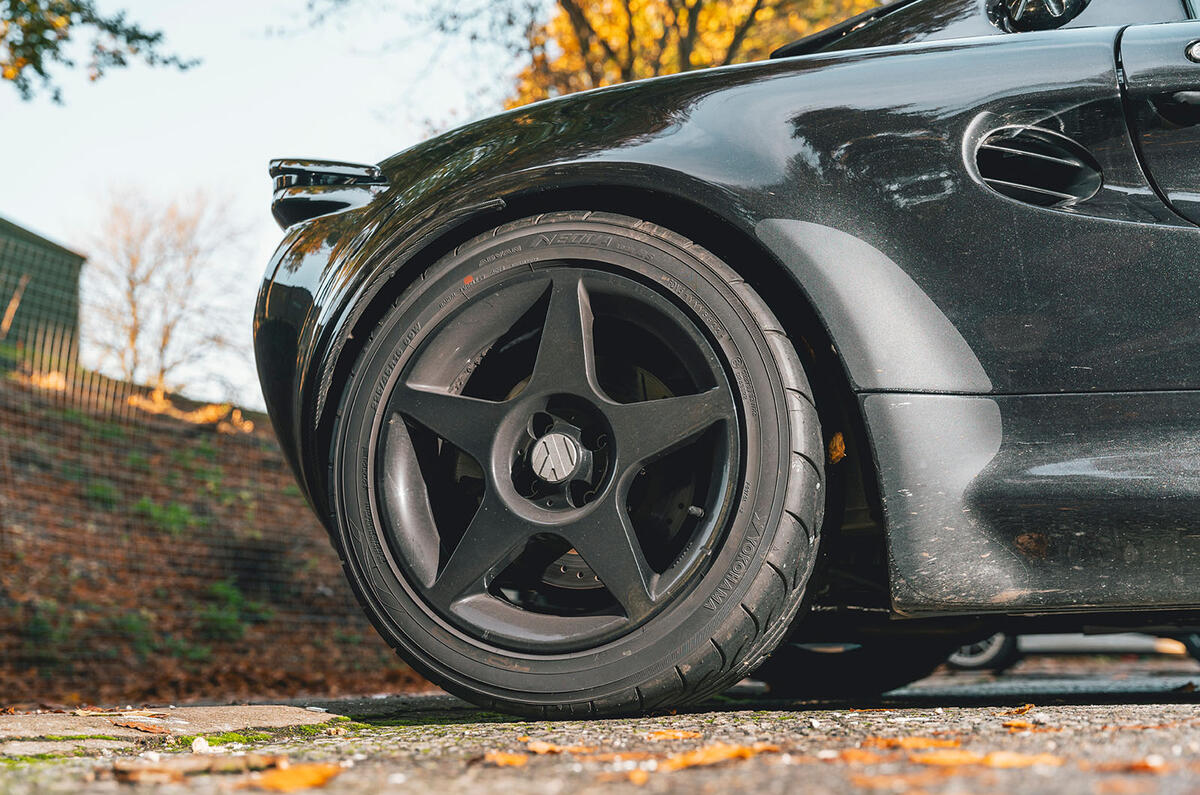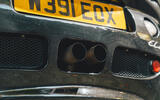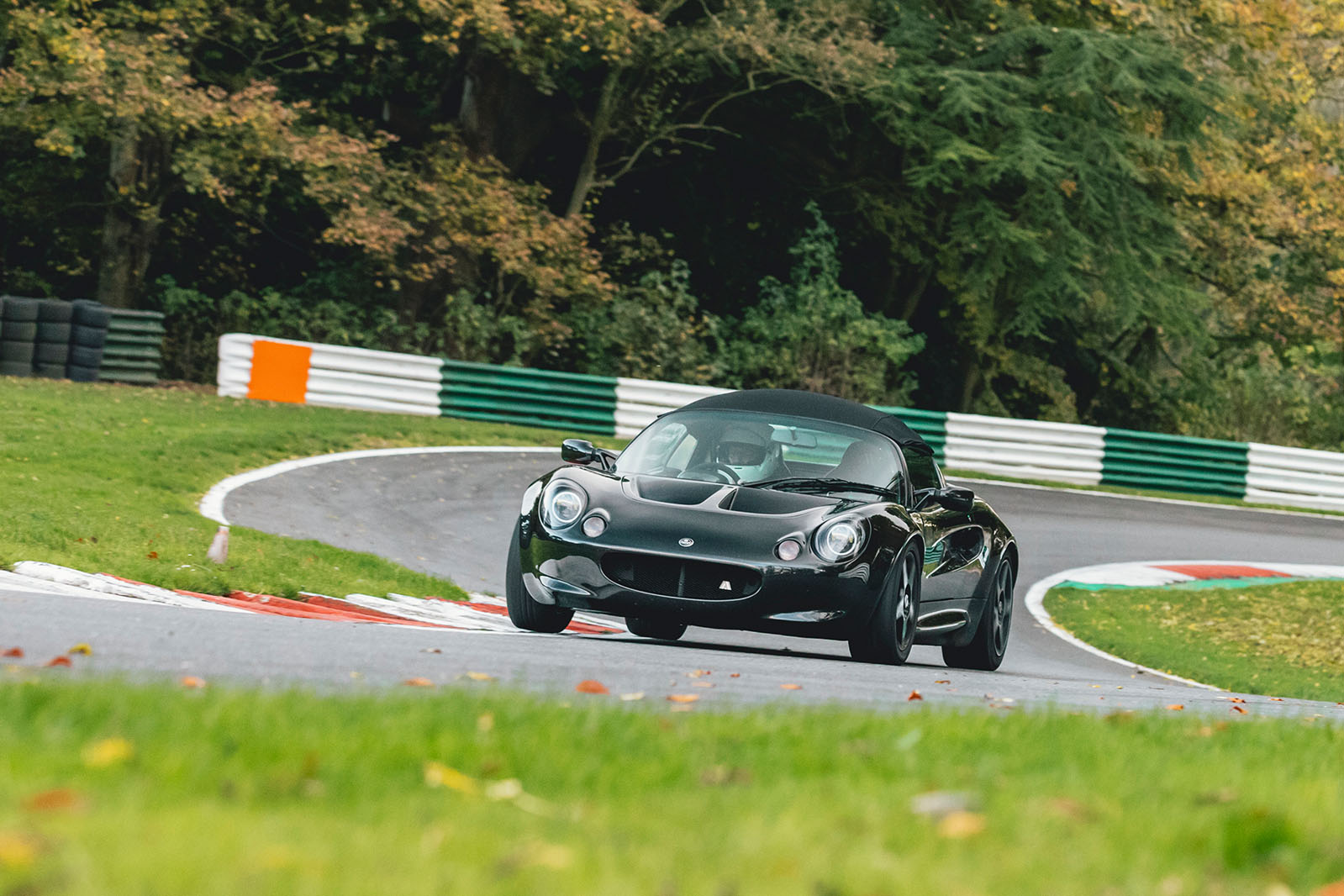You can understand why it happens. You’ve been developing an extra-special, old-car-made-new restomod sports car, resplendent with engine and suspension componentry exotic enough to salivate over. Countless workshop man hours will be poured into the painstaking renovation of every example.
And then, one day, you realise what you’re going to have to charge for it. The value’s plain to see; but, oily and rubbery bits notwithstanding, how do you make a 25-year-old sports car that can be acquired cheaply enough to be worth ‘restomodding’ in the first place suddenly seem like it’s worth spending a hefty six figure sum on?
In many cases, the convention is to attach a big industry name to it, bringing instant interest and credibility. Unless, of course, you’re Steffen Dobke, proprietor of West Sussex’s Analogue Automotive - a former service specialist for original ‘S1’ Lotus Elise sports cars, and the recent creator of the Analogue Automotive Supersport.
Never heard of Steffen? Maybe that’s precisely the point. Because his certainly isn’t the kind of car that needs a leg up, or to hang from the coattails of a bigger reputation. If you live in the south of England and have owned S1 Elises, there’s a good chance you will know Analogue. But even if you don’t, it’ll take you mere minutes - one run up through the manic rev band, at most - to realise just how extensive and wide-ranging a transformation of a 1990s sports car icon the Supersport represents.
































